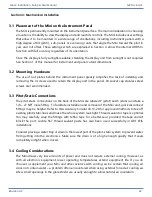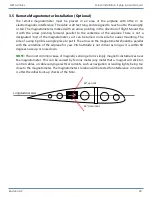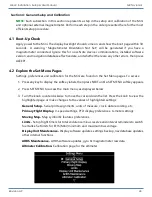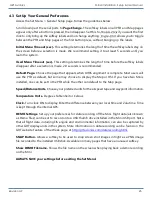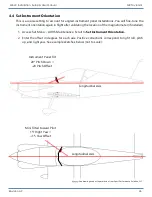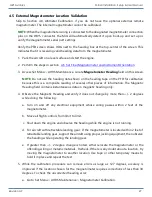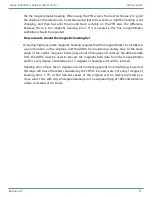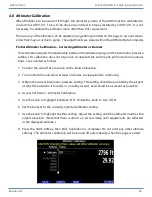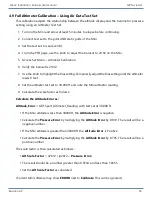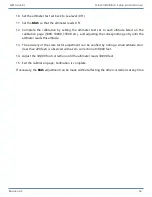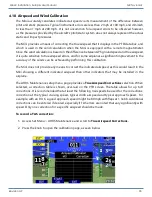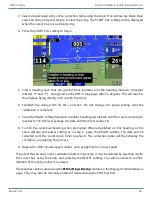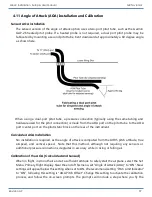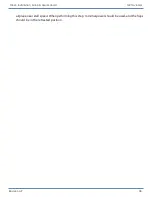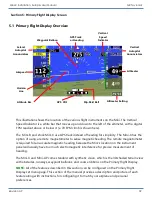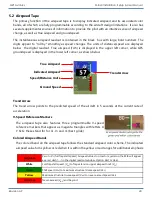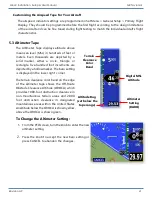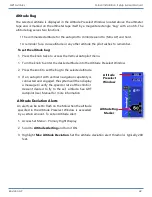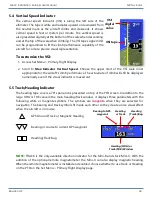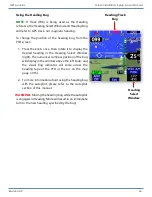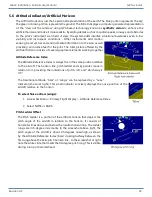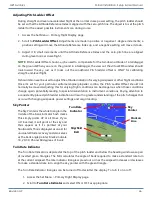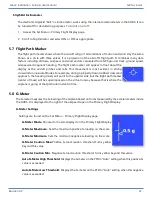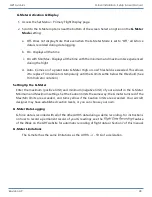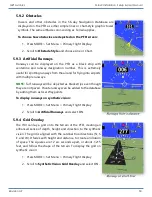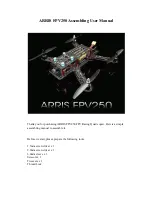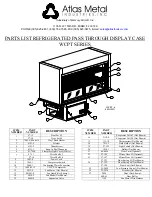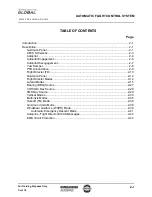
Mini-X Installation, Setup & User Manual GRT Avionics
Revision A9 35
4.10 Airspeed and Wind Calibration
The Mini accurately calculates indicated airspeed via its measurement of the difference between
pitot and static pressures. Typical instrument errors are less than 2 mph at 100 mph, and diminish
to less than 1 mph at 200 mph. It is not uncommon for airspeed errors to be observed however,
as the pressures provided by the aircraft's pitot/static system does not always represent the actual
static and impact pressures.
The Mini provides a means of correcting the true airspeed that it displays in the PFD data box, and
which is used in the wind calculation when the Mini is equipped with a remote magnetometer.
Since the wind calculation is based on the difference between GPS groundspeed and true airspeed,
it is quite sensitive to true airspeed errors, and for some airplanes a significant improvement in the
accuracy of the winds can be achieved by performing this calibration.
The Mini does not provide any means to correct the indicated airspeed, as this would result in the
Mini showing a different indicated airspeed than other indicators that may be installed in the
airplane.
The AHRS Maintenance setup menu page provides a
True Airspeed Corrections
selection. When
selected, a correction table is shown, over-laid on the PFD screen. The table allows for up to 8
corrections. It is recommended that at least the following 3 airspeeds be used for the corrections:
correction at the typical cruising speed, typical climb airspeed and typical approach speed. For
example, with an RV-6, a good approach speed might be 80 mph with flaps at 1 notch. Additional
corrections can be entered if desired, especially if TAS errors are noted that vary significantly with
speed. Only one correction for a specific airspeed should be made.
To record a TAS correction:
1. Access Set Menu > AHRS Maintenance and scroll to
True Airspeed Corrections.
2. Press the knob to open the calibration page, as seen below.


